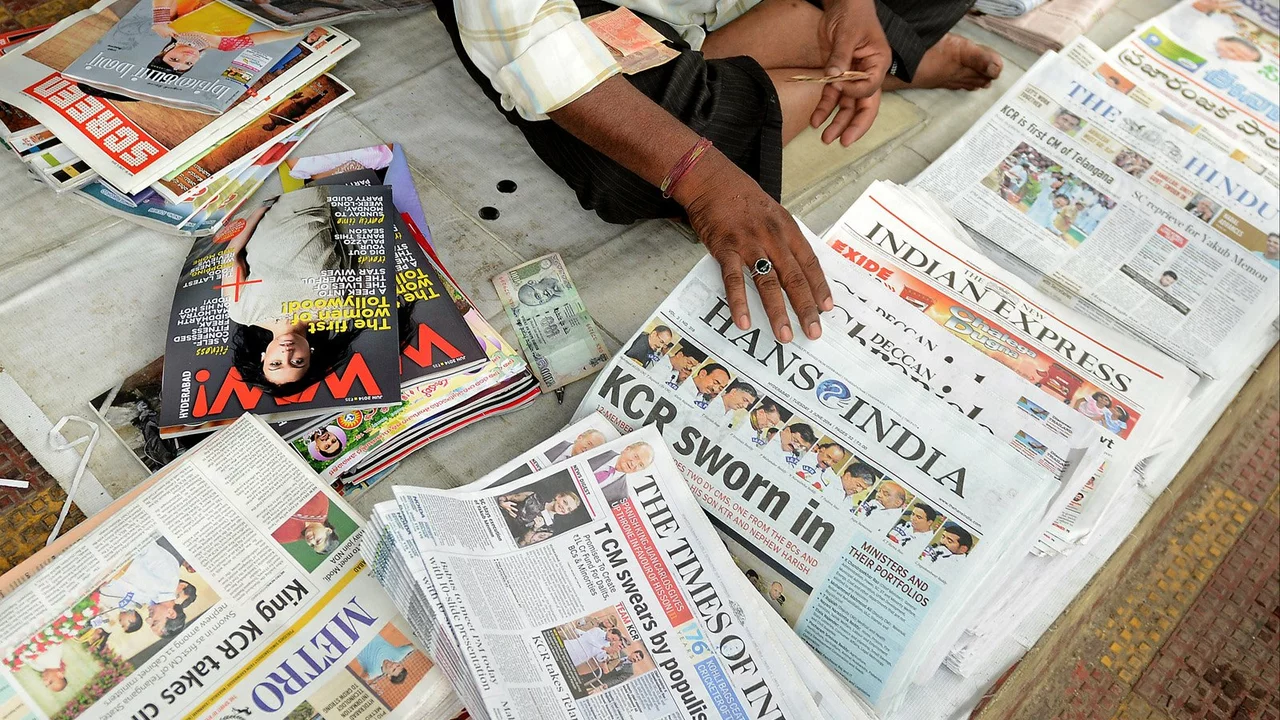How to Tell If a Newspaper Is Biased and What to Do About It
Ever read a news story and feel like something’s off? Maybe the headline pushes an agenda or the article seems to ignore key facts. That’s a classic sign of a biased newspaper. Recognizing bias isn’t a fancy skill – it’s just paying attention to a few tell‑tale clues.
Common Ways Bias Shows Up
First, look at the story selection. If a paper constantly covers one side of a political fight and skips the other, that’s selection bias. Second, notice the language. Words like “alleged,” “claims,” or “rumor” can signal uncertainty, while words like “shocking” or “dangerous” push emotion. Third, check the sources. A piece that only quotes one group or repeatedly cites the same spokesperson is likely slanted.
Even reputable outlets can slip into bias when they chase clicks. For example, a post on this site about "How reliable is India Today as a news source?" claims it’s highly reliable, but the same outlet might downplay stories that conflict with its commercial interests. That’s why we always double‑check.
Practical Tips to Cut Through the Noise
1. Read side by side. Open two newspapers with different editorial leanings and compare the same story. If facts line up but opinions differ, you’ve spotted bias in the commentary, not the reporting.
2. Spot loaded words. Words that trigger strong emotions – "heroic," "disaster," "scandal" – often mask a spin. Replace them with neutral terms and see how the tone changes.
3. Check the source list. Genuine reporting lists multiple, independent sources. If an article relies on a single press release, treat it with caution.
4. Use fact‑check tools. Websites like FactCheck.org or local fact‑checkers can verify claims quickly. A quick search can save you from sharing misinformation.
5. Follow the data. When numbers are involved, ask for the original study or official report. Numbers pulled out of context are a common bias trick.
Applying these steps daily won’t take long, and it keeps your decisions – from voting to personal finance – grounded in reality.
Why does this matter for your financial planning? Biased news can skew your view of the economy, markets, or government policies. If you believe a newspaper that always paints a grim picture of the stock market, you might miss out on opportunities. Conversely, a source that only highlights positive outlooks could lead you to risky bets. Balancing your news intake helps you make smarter, less emotional financial choices.
Finally, remember that no outlet is perfectly neutral. The goal isn’t to find a completely unbiased newspaper – that’s a myth – but to become aware of the slants and adjust your judgment accordingly. Keep a mental checklist, stay curious, and don’t be afraid to switch sources when something feels one‑sided.
By staying vigilant, you protect yourself from misinformation and keep your financial decisions on solid ground. So next time you pick up the morning paper, ask yourself: “Who’s really behind this story?” and let that question guide you toward clearer, more reliable information."
Is the 'Times of India' the most biased newspaper in the country?
My recent exploration into the topic of media bias led me to question whether the 'Times of India' is the most biased newspaper in our country. It's a hot debate with diverse opinions. Some folks are convinced that it leans heavily towards certain political ideologies, while others argue it's simply reflecting the diverse views of our diverse nation. Personally, I found elements of bias, but it's hard to definitively label it as the most biased. It's clear that discerning bias is complex and subjective, and the 'Times of India' is no exception.
